The Festival That Celebrates the Arrival of Spring with Violence, Dirt and Booze
Credit to Author: Marine Peixoto| Date: Tue, 02 Apr 2019 14:16:44 +0000
This article originally appeared on VICE France
One of the first things I learned about the festival of Pailhasses is that strangers aren’t really welcome. The residents of the small southern French village of Cournonterral would rather people didn’t stumble on their annual festival and accidentally get hurt – so from 3PM to 5PM every Ash Wednesday the village is closed to incoming traffic. Any curious visitor who does happen to get in will quickly realise that the carnival is really designed with the full involvement of locals in mind; it’s not exactly a spectator sport. Therefore, if you want to observe the unfolding chaos, you’re going to have to participate, at your own risk.
According to local lore, the festival is a nod to a fight that broke out in 1346 between the Pailhasses – the first inhabitants of Cournonterral – and the nearby town of Aumela over some stolen green oakwood. When the dispute was eventually settled, everyone celebrated the truce by having an absolute rager of a bacchanal, during which casks of wine were ripped open for everyone to roll around in.
The specifics of the festival involve splitting the village into two teams, the Pailhasses and the Whites (the Aumelasses). From there, the very rough aim of the game is for the Pailhasses to defend Cournonterral’s honour by chasing down the Whites and getting them dirty with whatever they can find – thick wine being the main weapon, but also filthy rags.
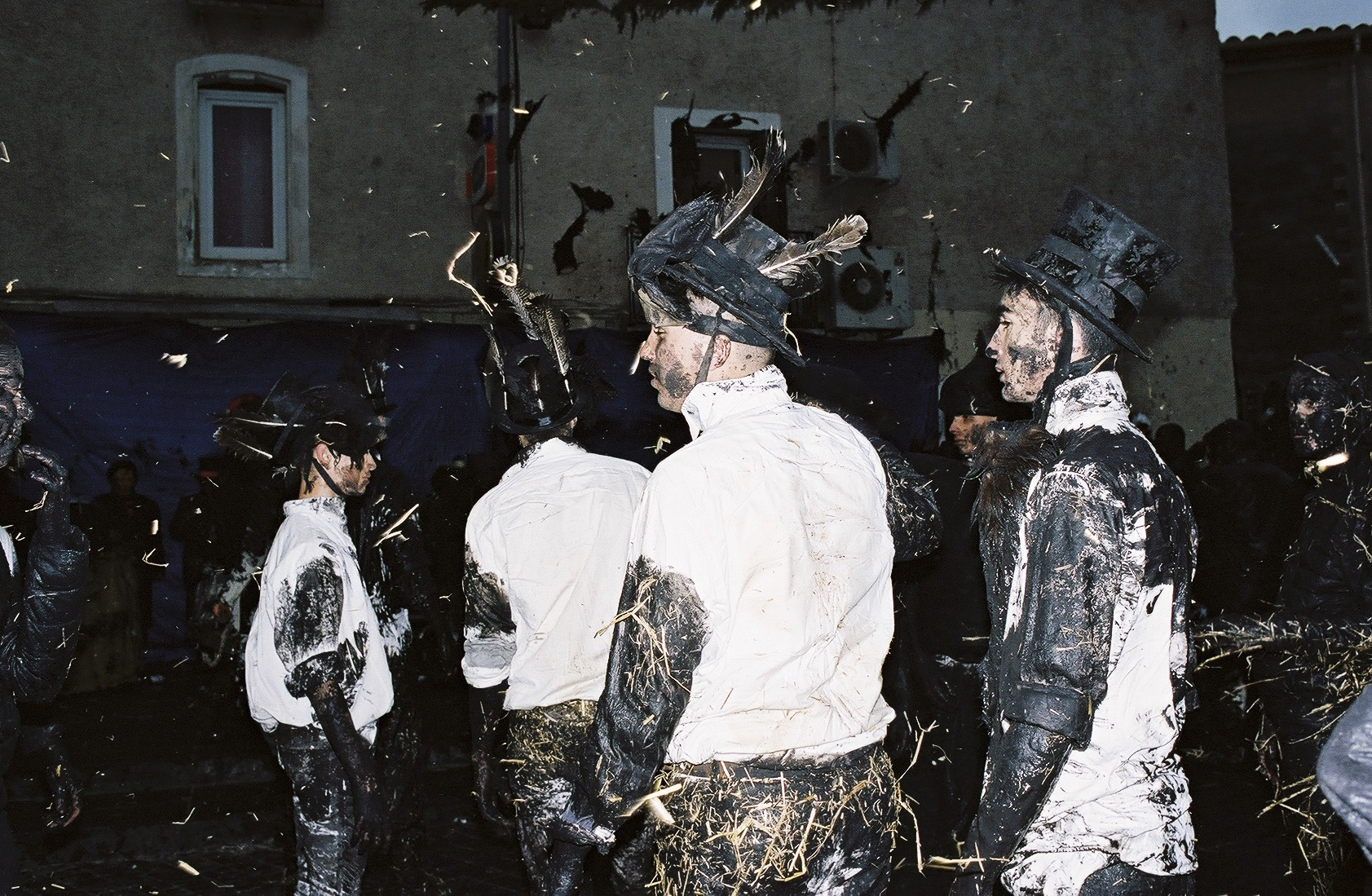
Many of the residents I spoke to said they see the festival as a free expression of chaos, destruction and sexual freedom. They are very protective over the way the tradition is portrayed, especially since the time a television station had a helicopter hover over the village and film the proceedings without anyone’s permission.
Thankfully, they agreed to have me along for the day. On the morning of the festival I joined some locals in the traditional breakfast of tripe and red wine. Around the village, storefronts and homes were protected with tarpaulin, and the empty streets in the hours leading up to kick off – coupled with the hauling winds – really played to the apocalyptic vibe the village was going for.
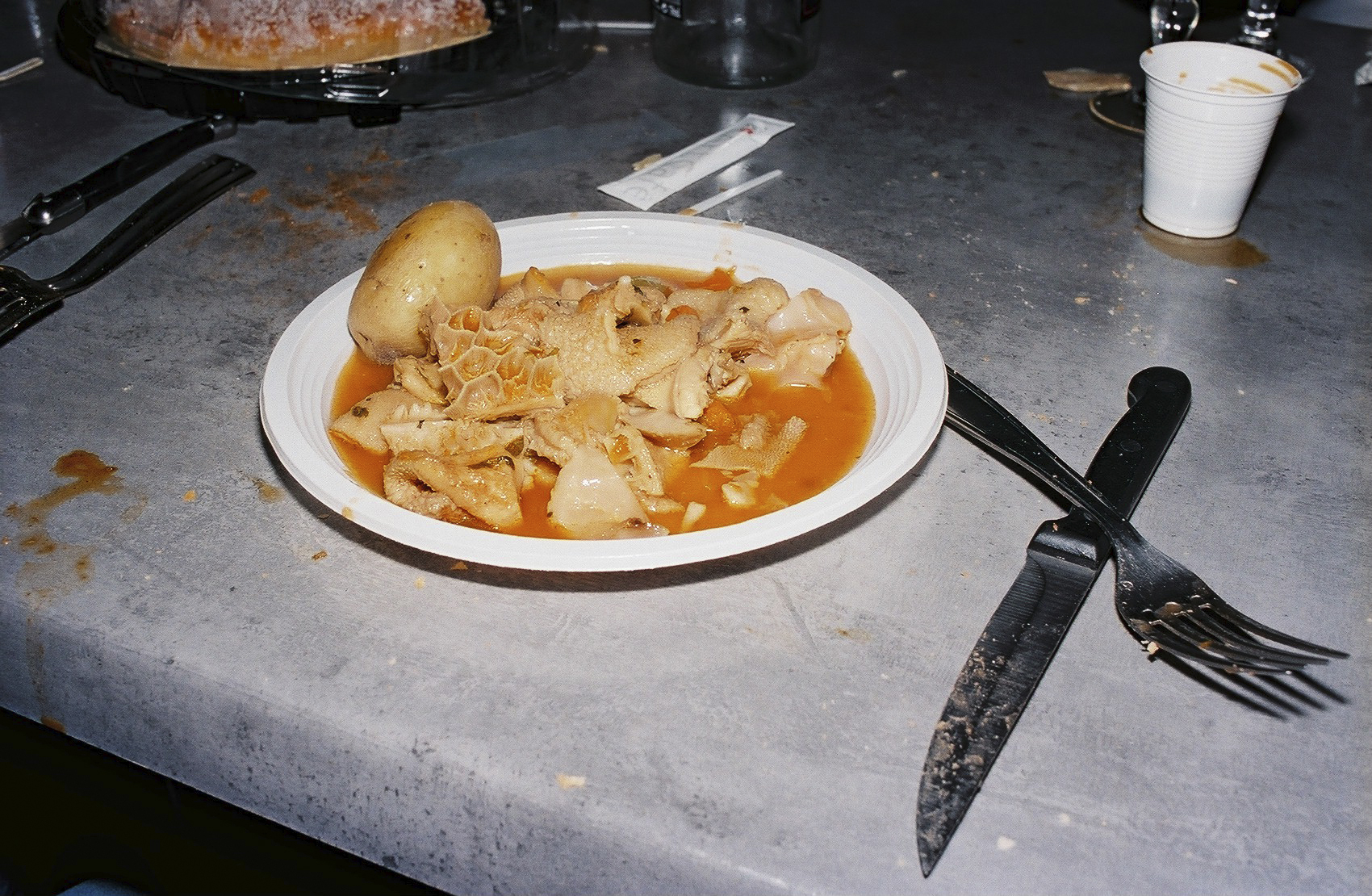
Casks filled with wine and lees were scattered around the village. “It’s a good year because the wine is thick,” many people made a point of telling me. After breakfast, it was time for the village to get into costume. That largely meant putting on sacks stuffed with straw over their shirts, wearing top hats stuffed with goose feathers, and badger-skins across their faces. The outfit was completed with a rag or mop to carry around and use to get the Whites dirty.
When it was time to get started, locals marched through the streets, eventually arriving at the square in front of the town hall. Once the procession got to the square, everyone formed a large circle. When they let each other’s hands go, the game started – the Whites ran away as the Pailhasses set about hunting them down.
I fled, before coming back two hours later to capture the carnage. The problem with my plan was that to be clean at this point in the ritual is considered a grave insult to the locals – which meant that I became an obvious target. A few residents hanging out of their windows tried pointing me down a street they thought I would be safe in, but before I realised what was going on I was being chased by a bunch of Pailhasses. Luckily for me, they were all pretty tired after a couple hours of running about, so I was able to get away.
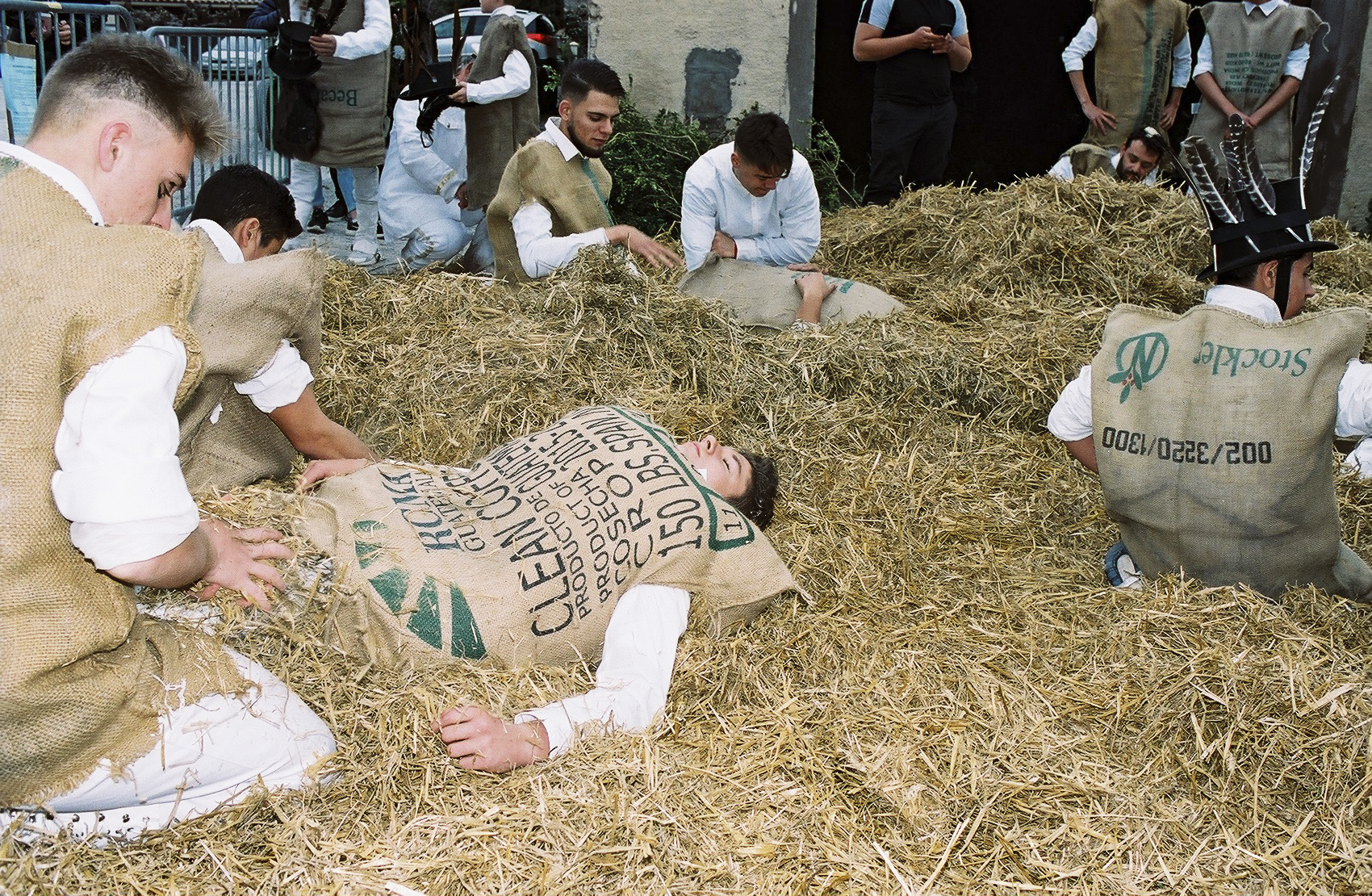
Back at the square, which was drenched in the dark the wine that covered the rest of the village, people had started to take off their costumes – though many were so pissed they struggled to stand, let alone remove their outfits.
Later in the evening, the village used fire hoses to wash everything down. It was at this point I learned that the rumours of dead animal parts being used as rags or being thrown into wine barrels were true. Death is part of the ritual, I was told – its presence represented by a selection of animal heads: boars, goats, sheep and rabbits.
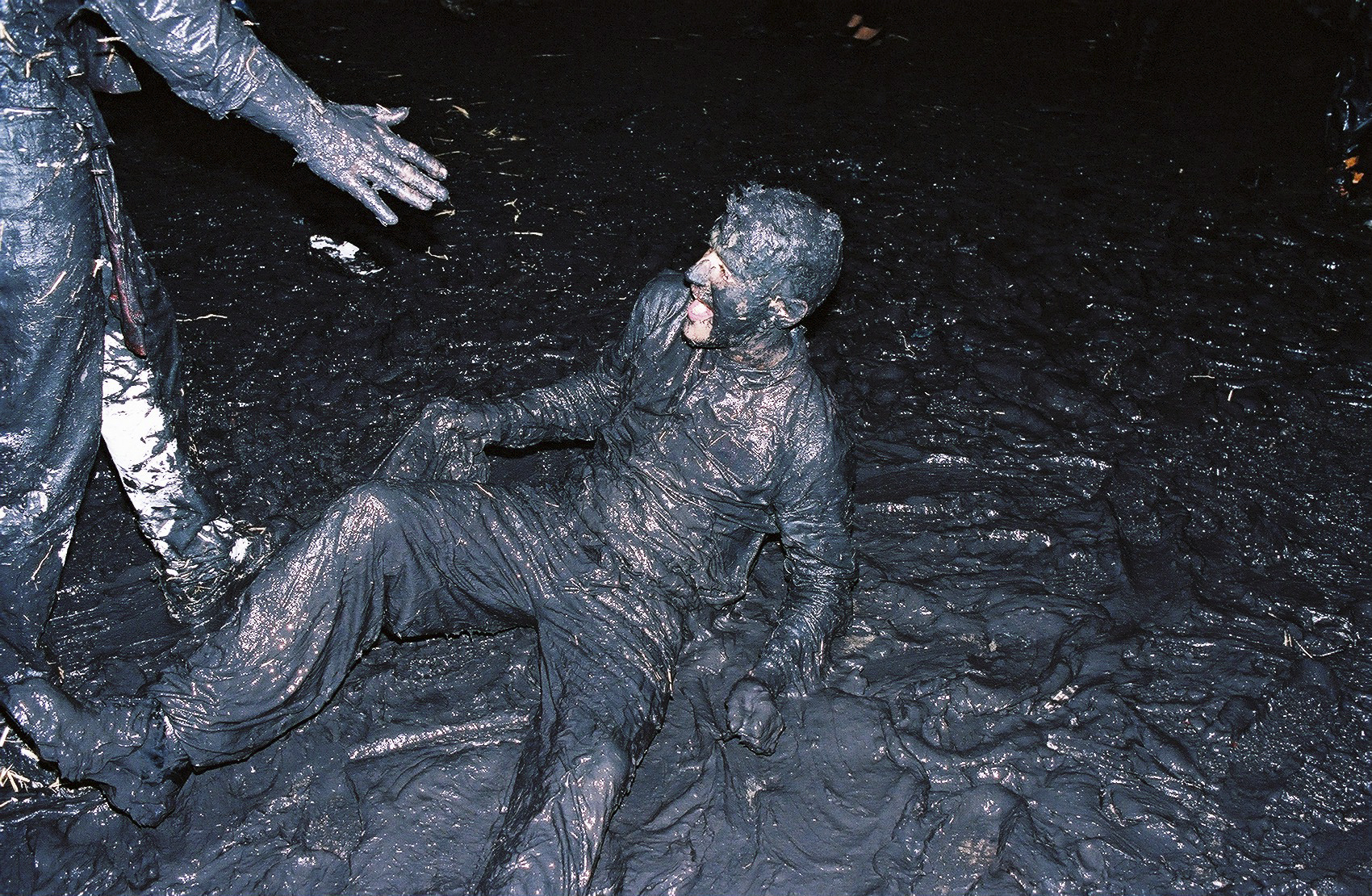
If that wasn’t enough, the festival ended with the ceremonial executions. The “executioners” set alight dummies of Whites and Pailhasses. Both camps are guilty, apparently – equals in the face of death and the absurdity of our existence.
Scroll down to see more photos from this year’s festival of Pailhasses.
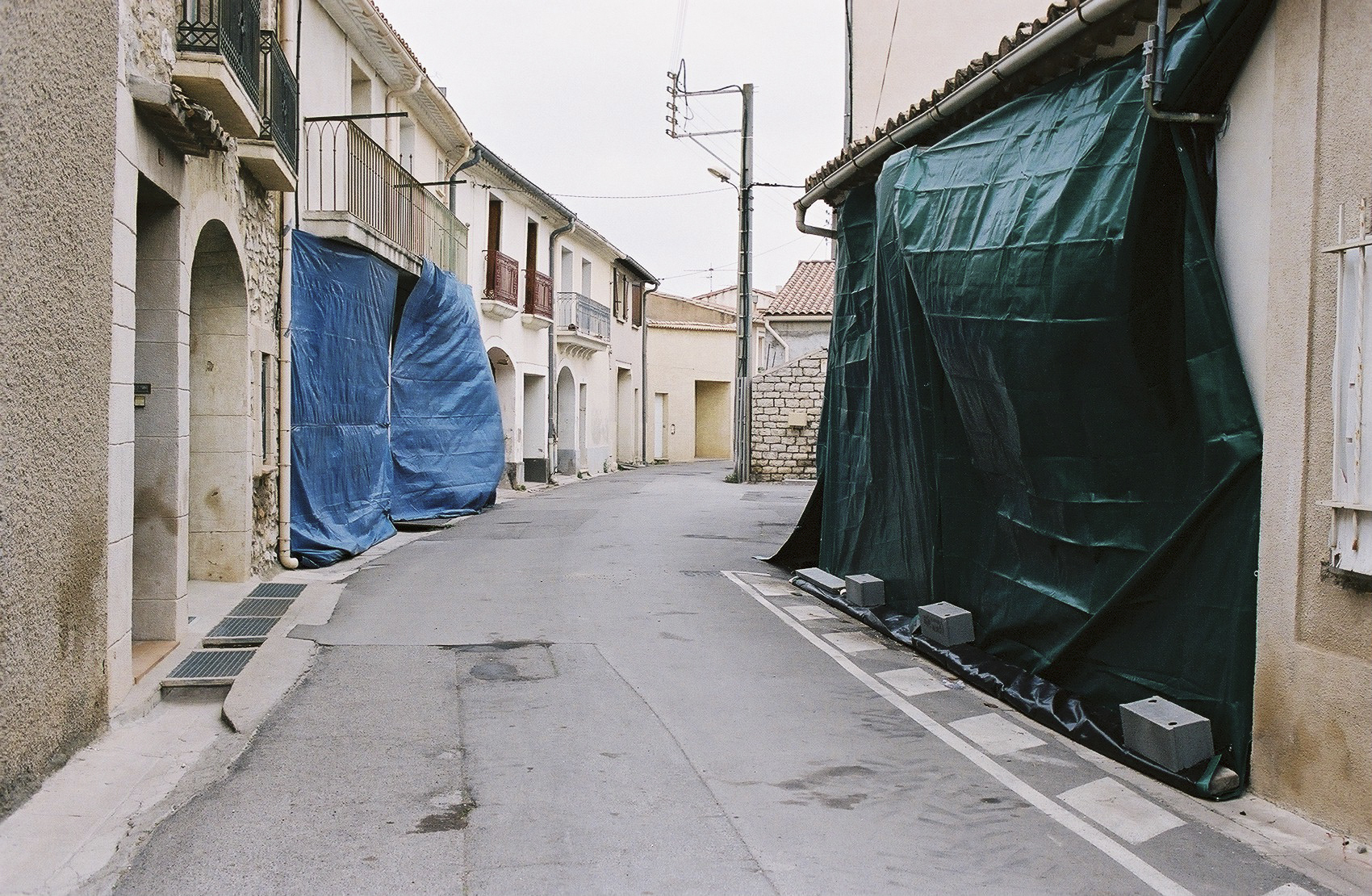
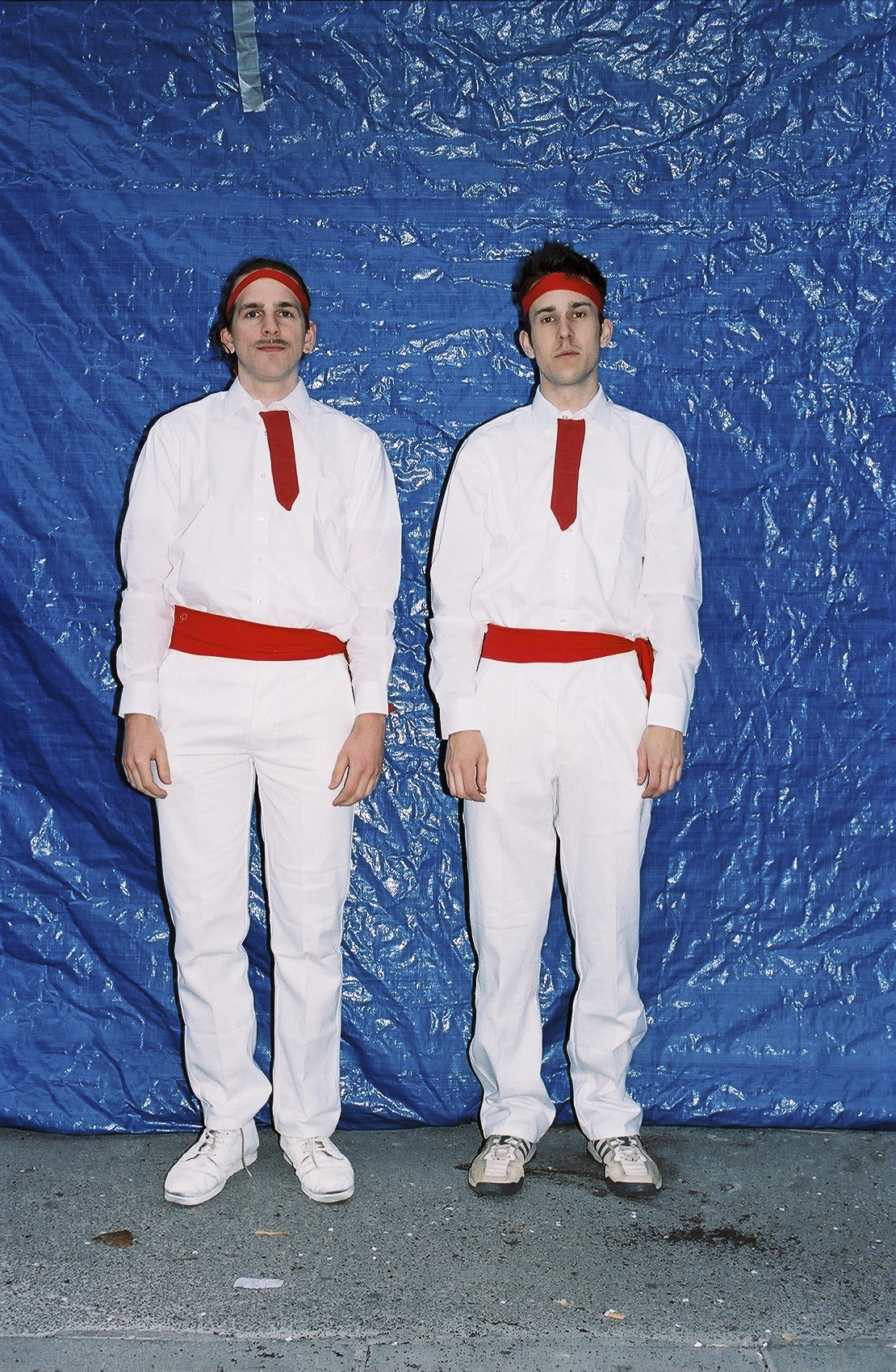
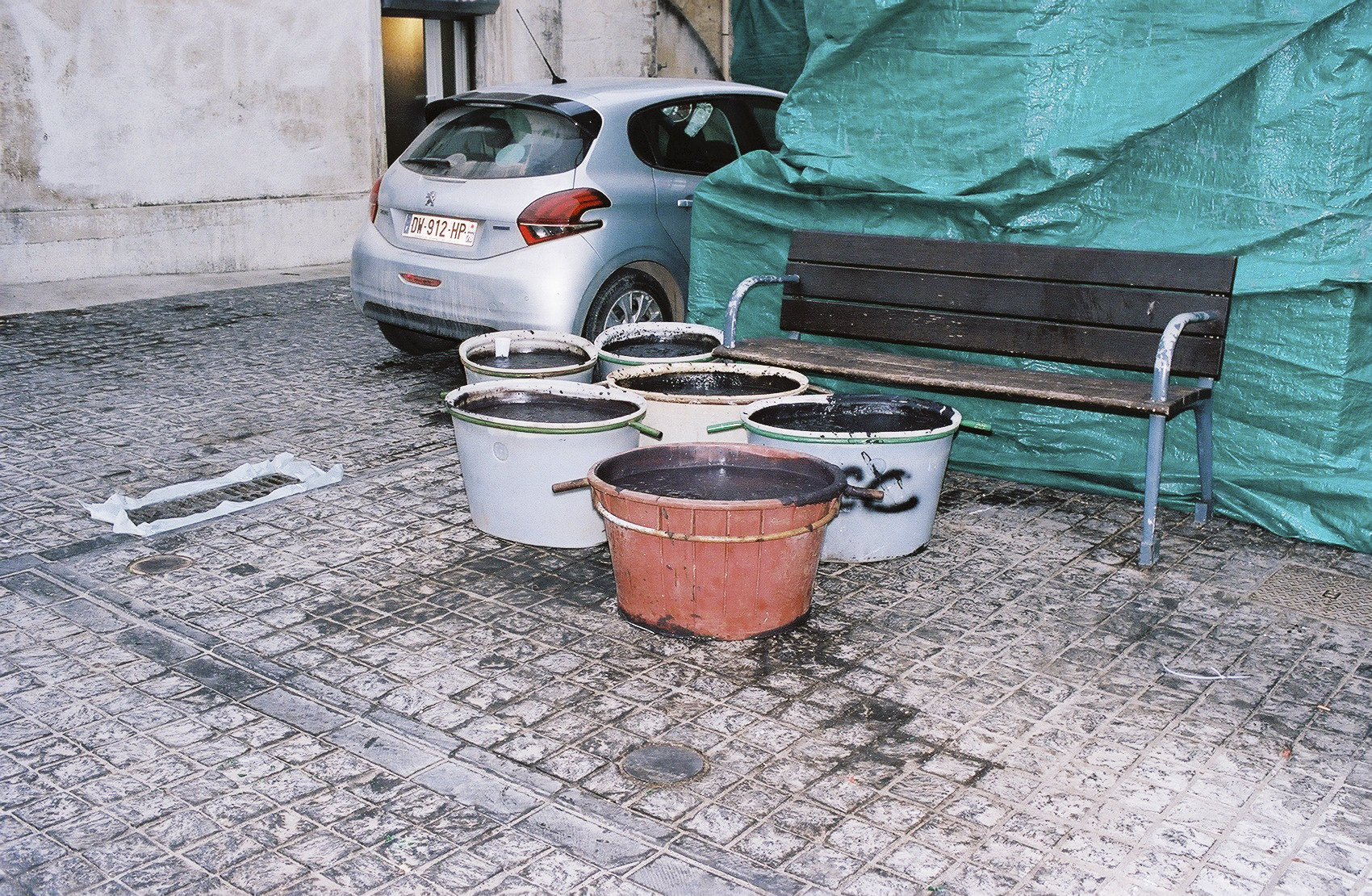
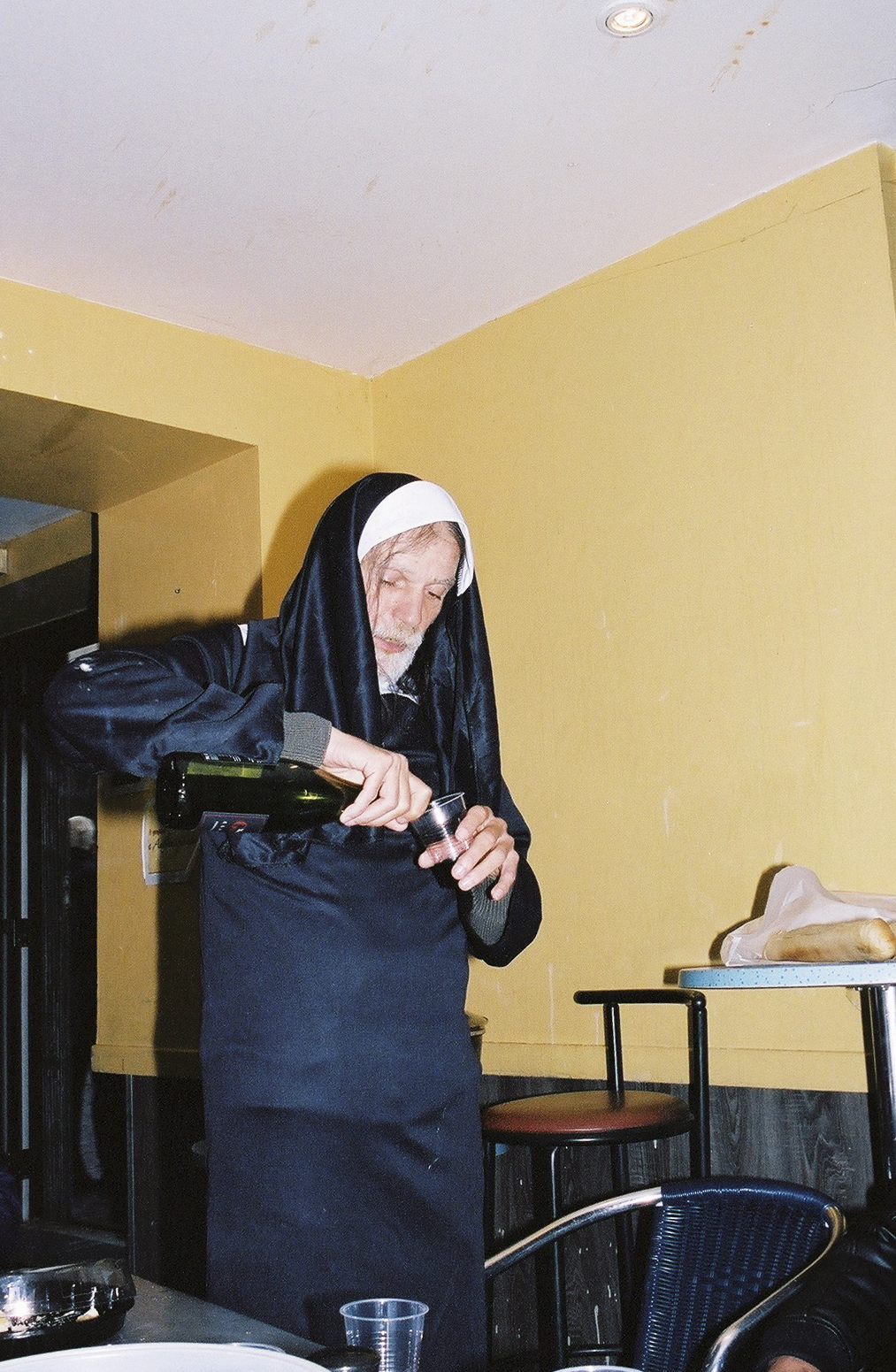
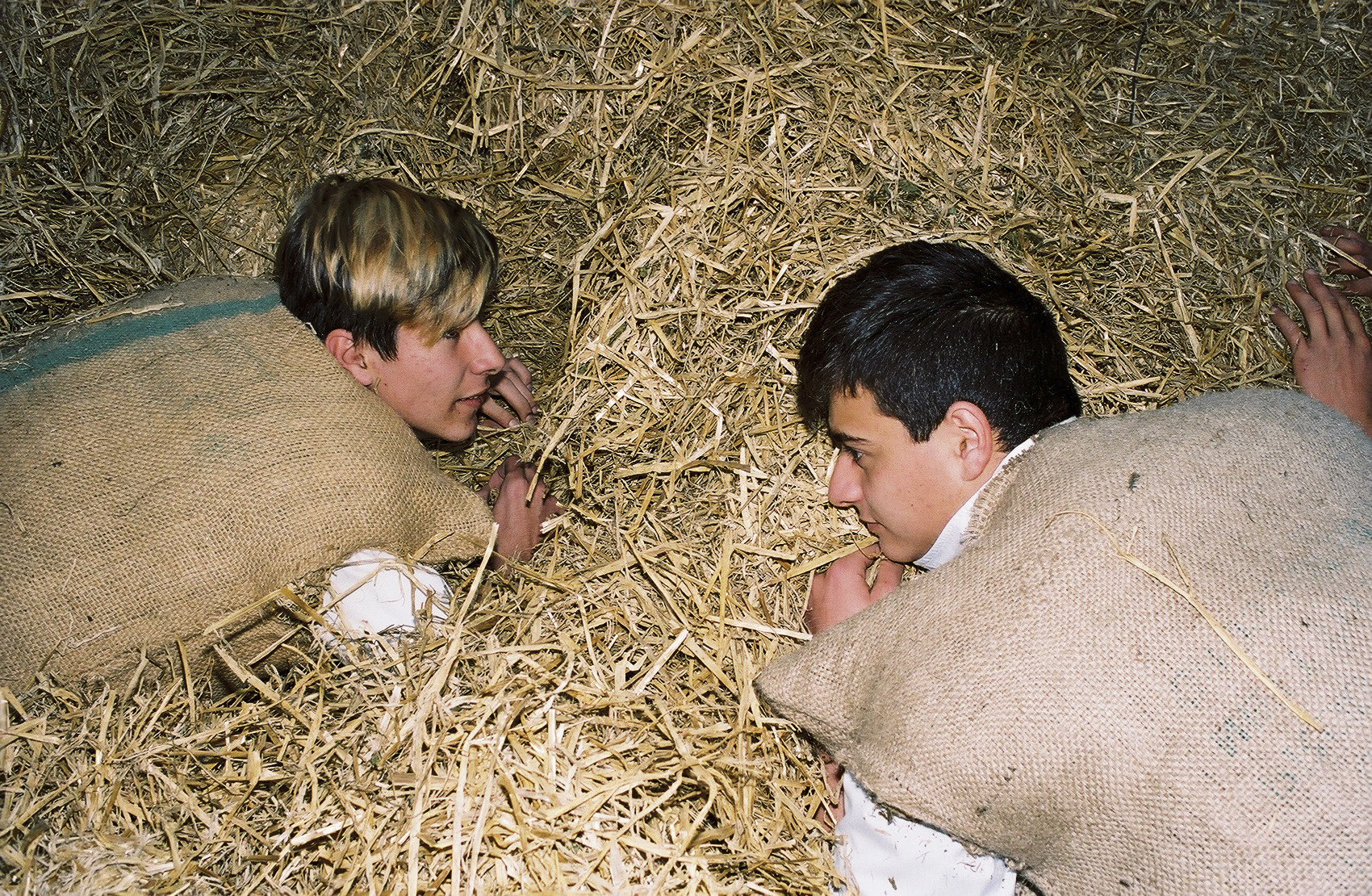
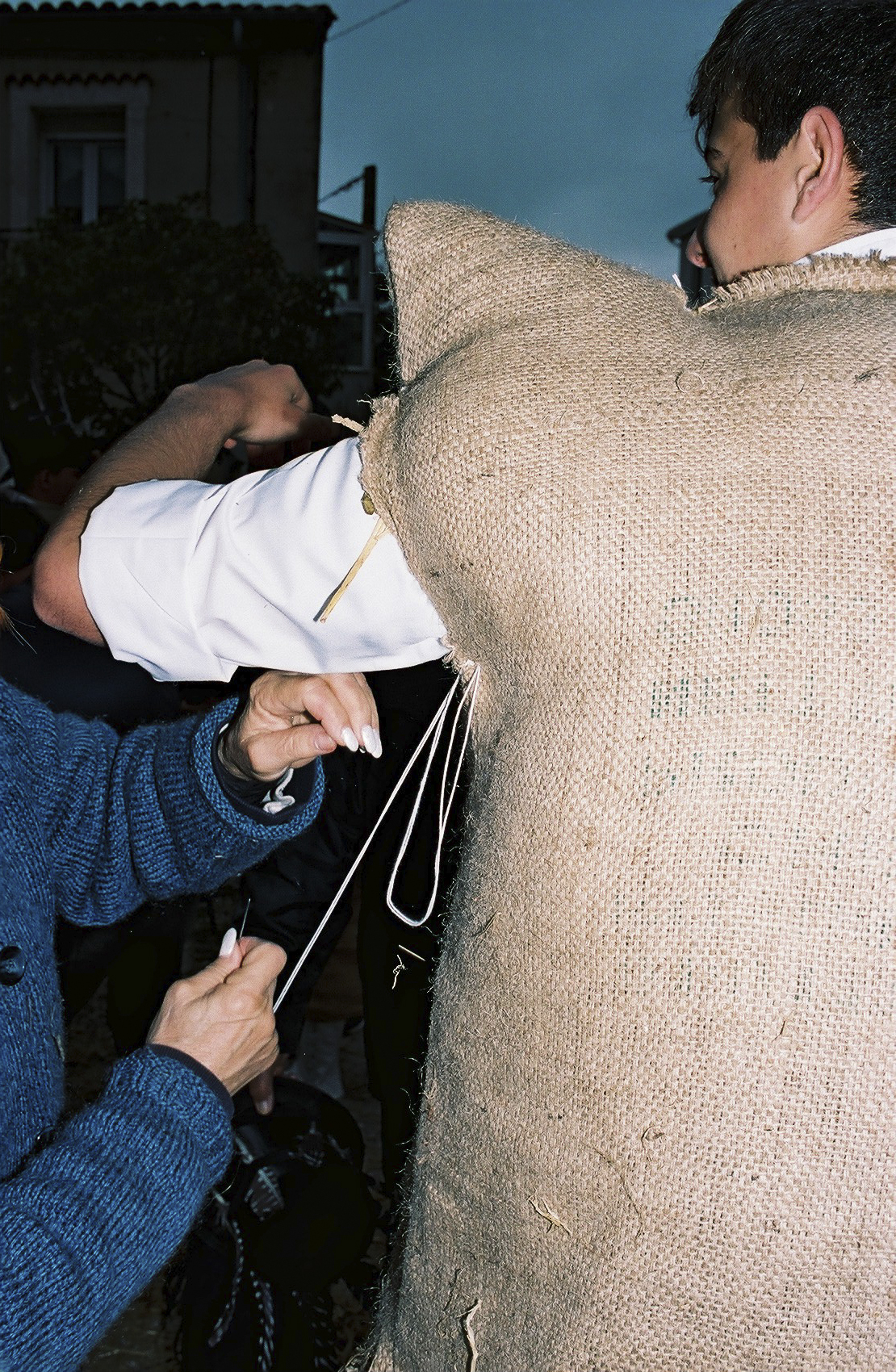
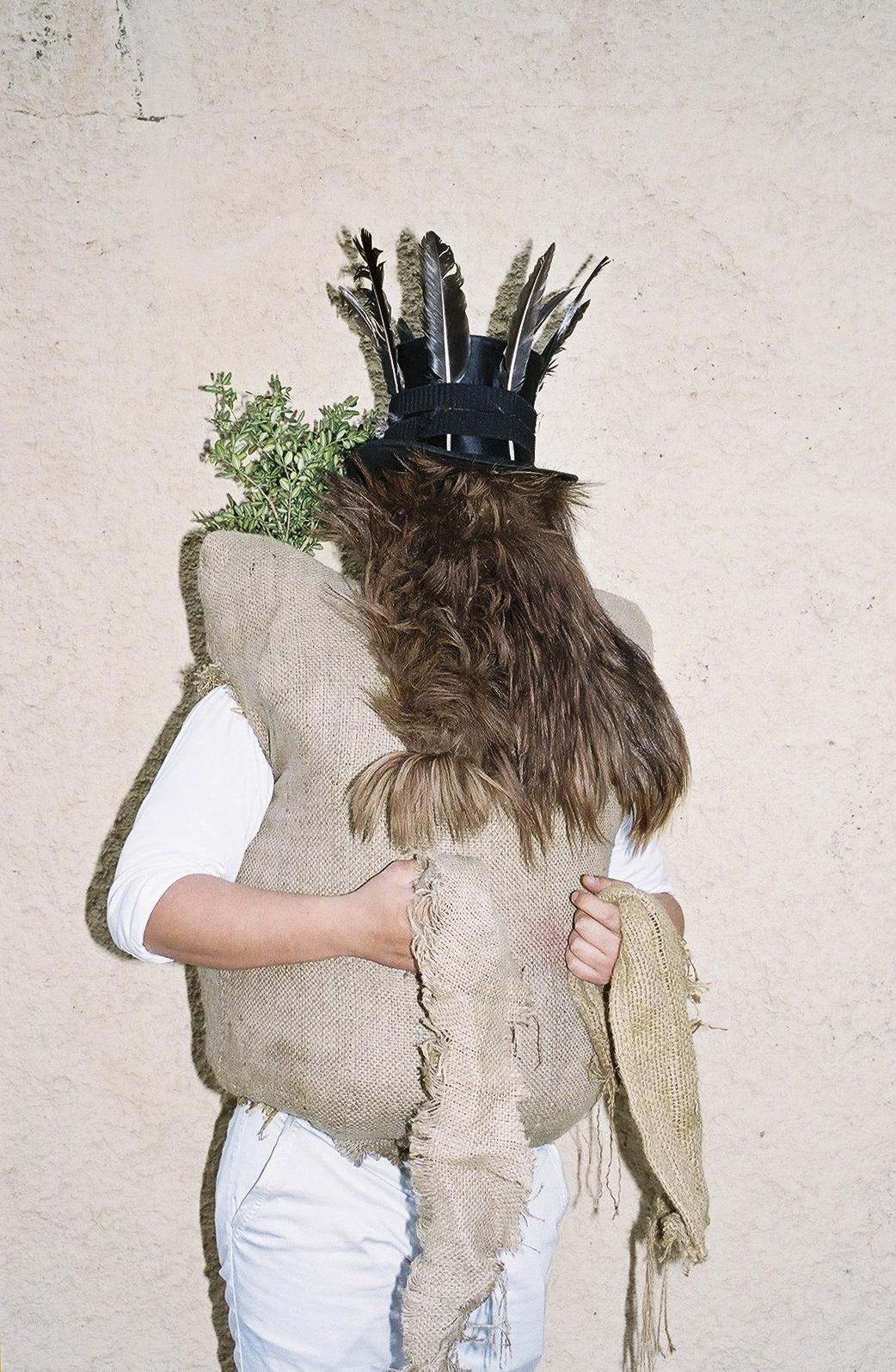
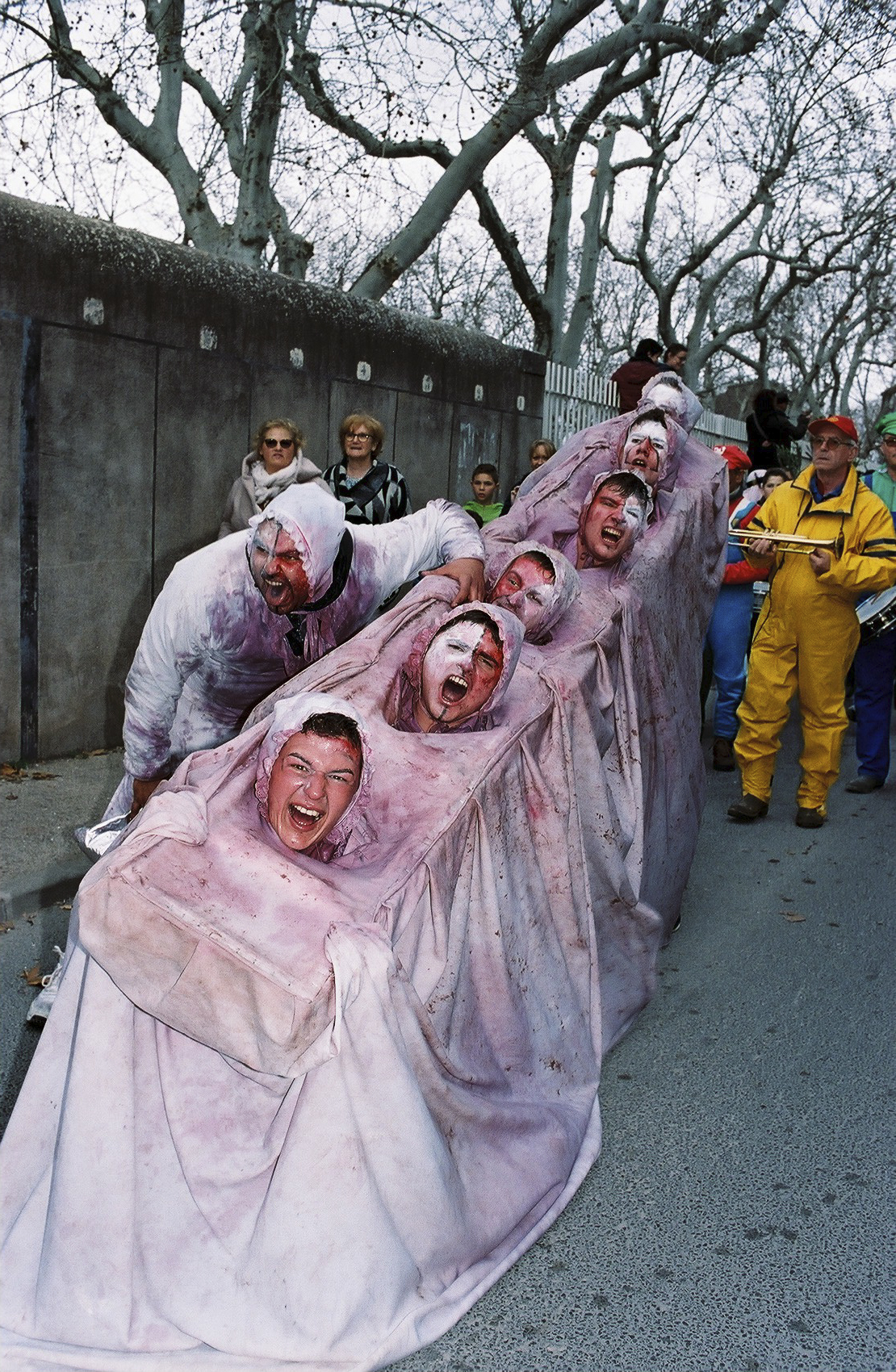
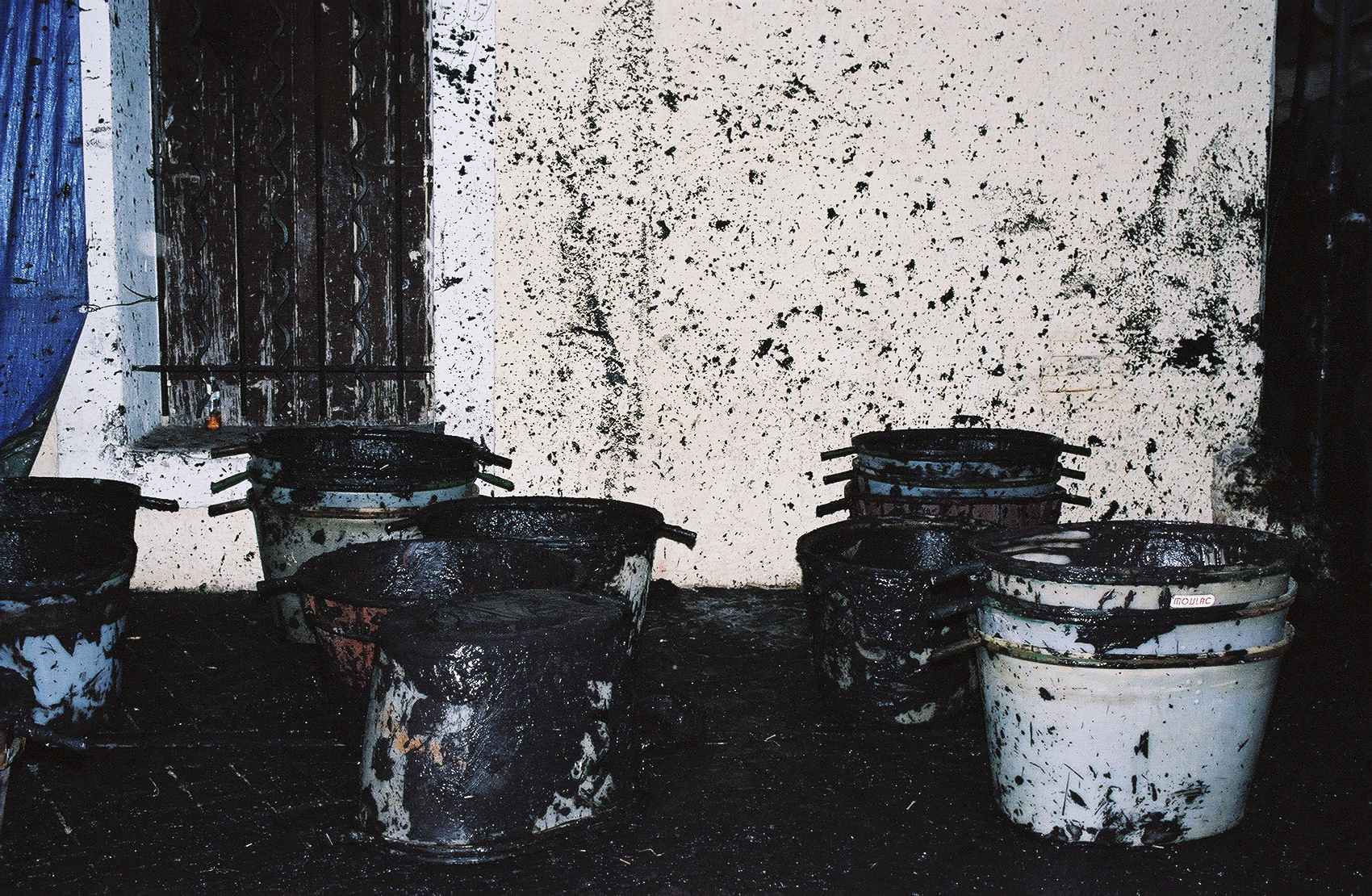
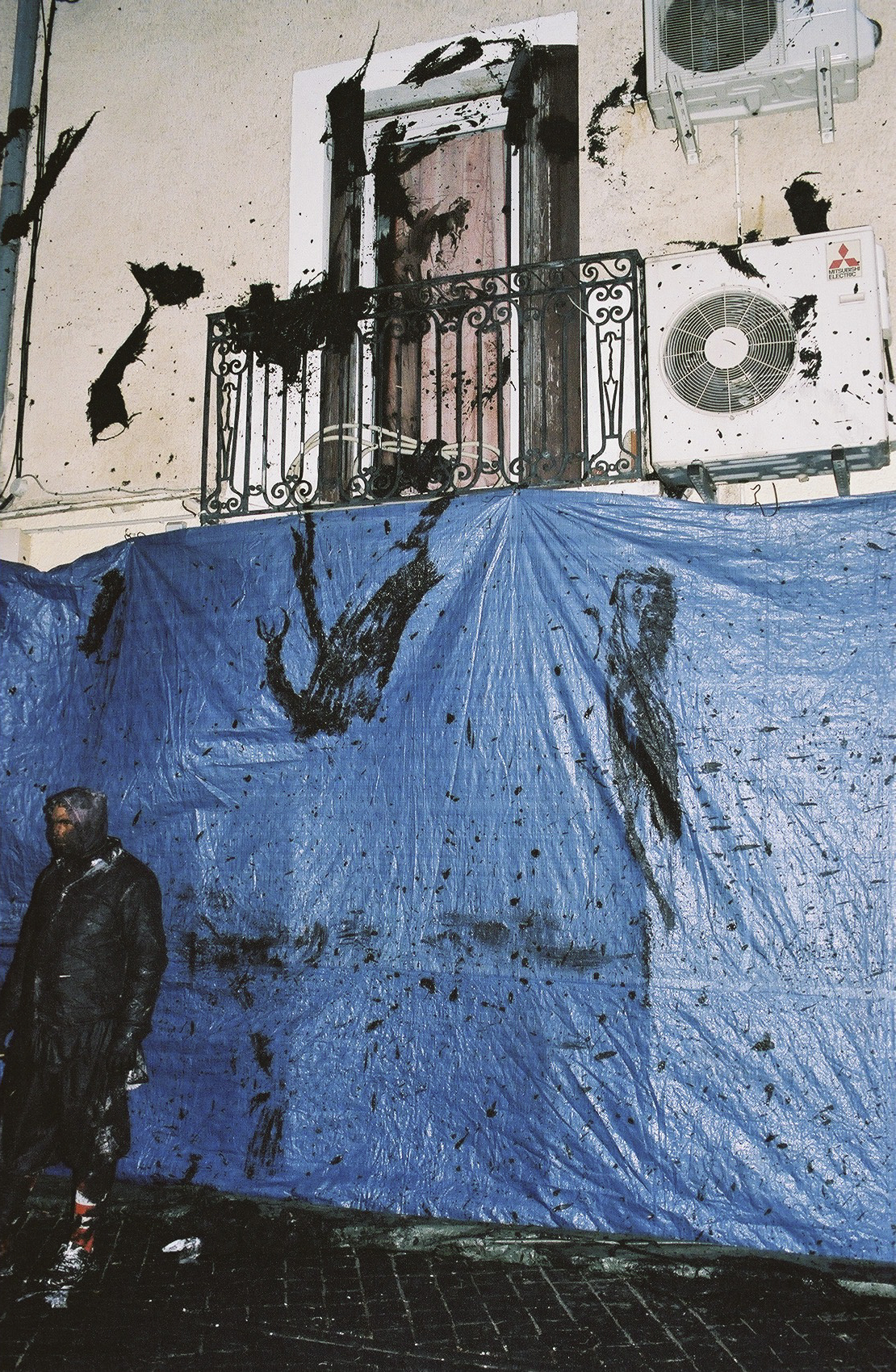
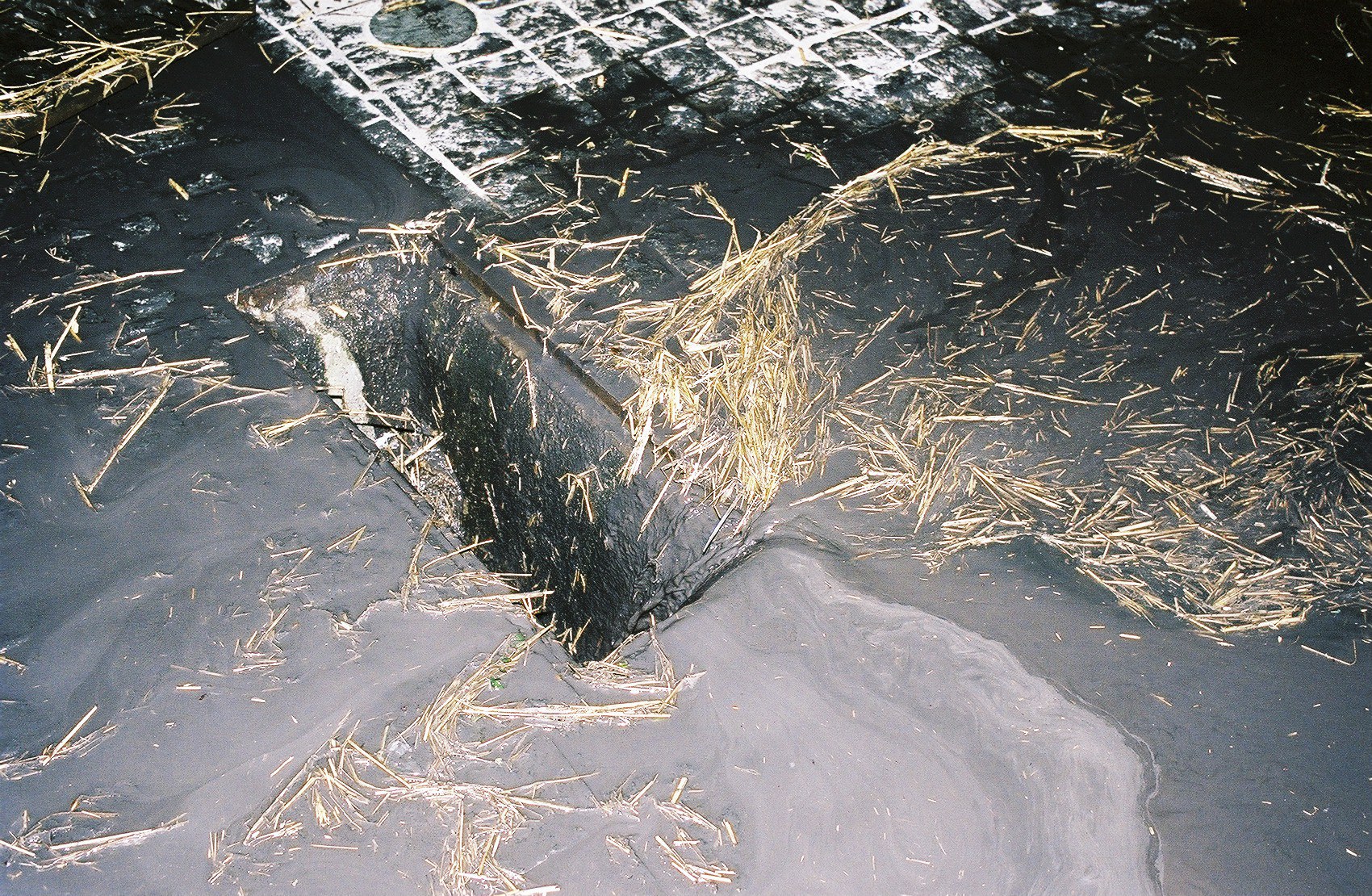

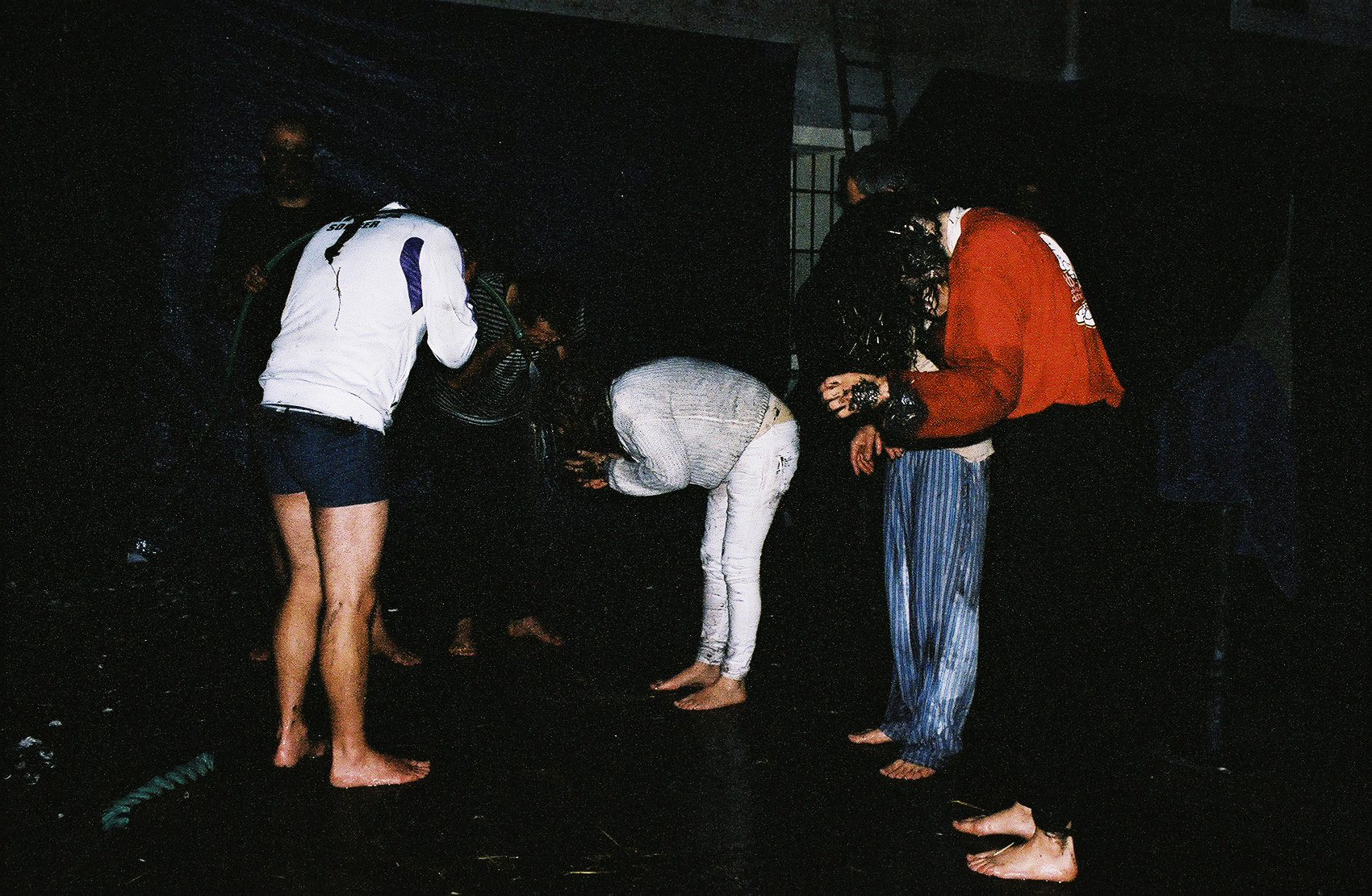
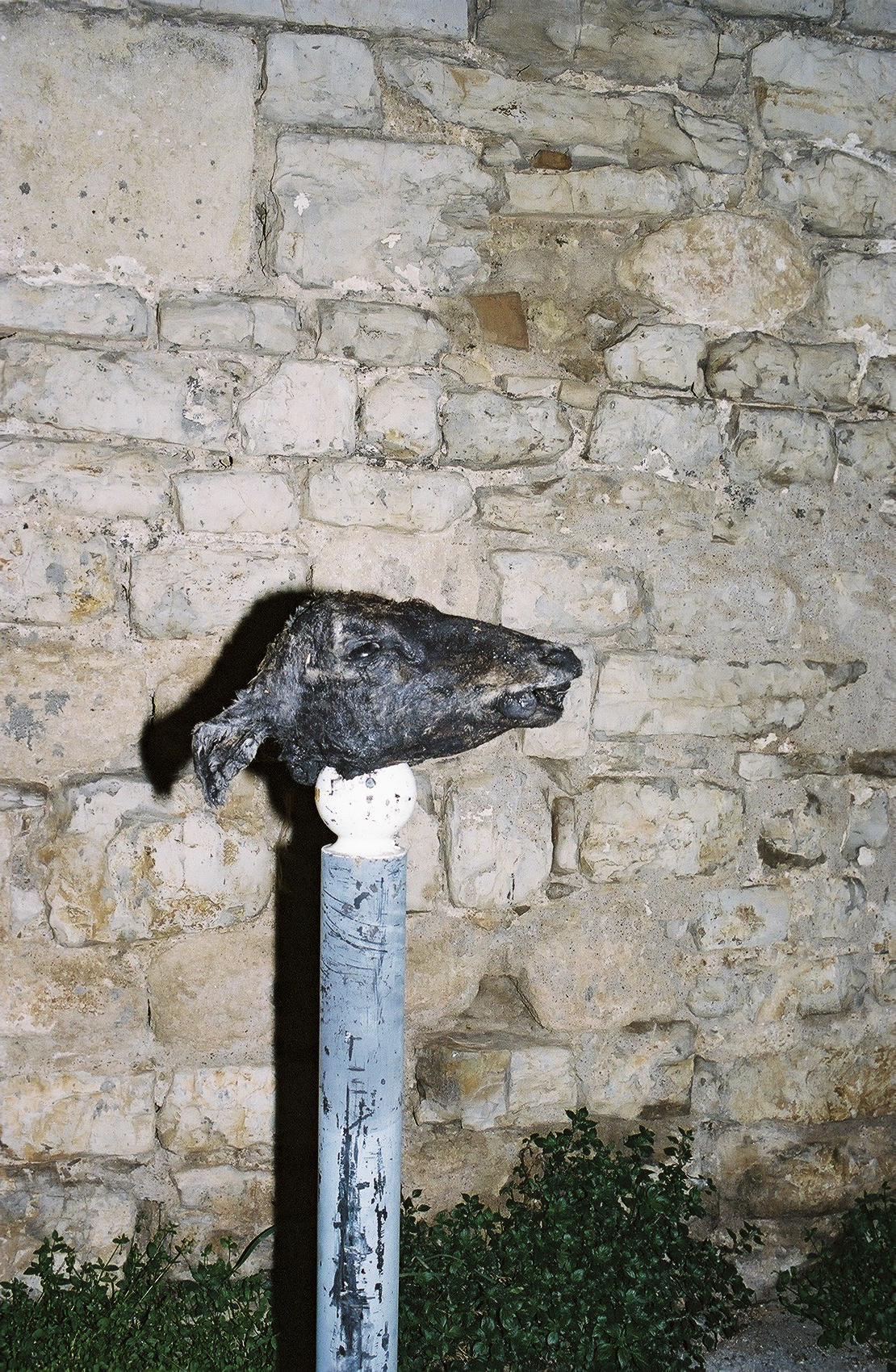
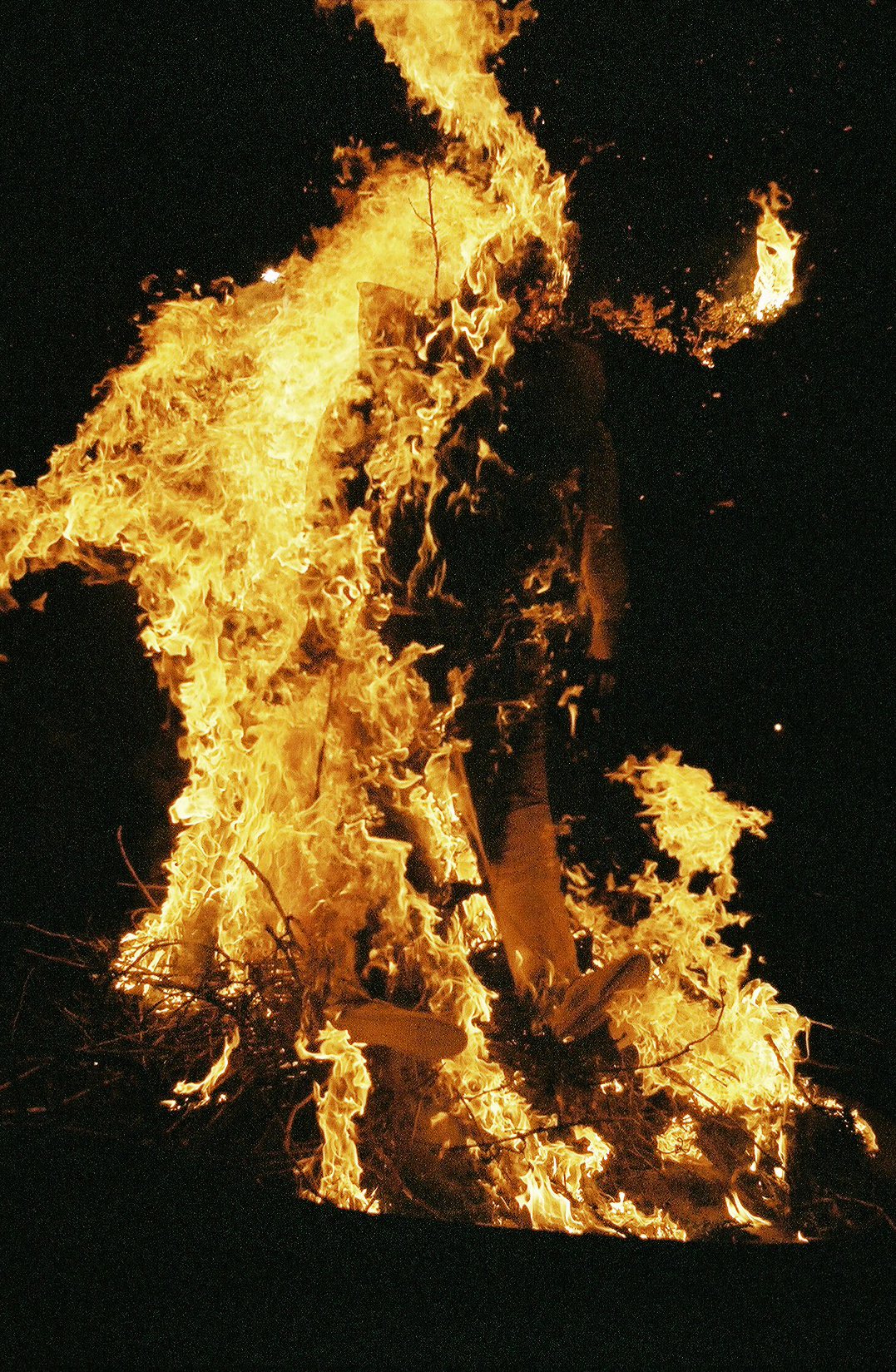
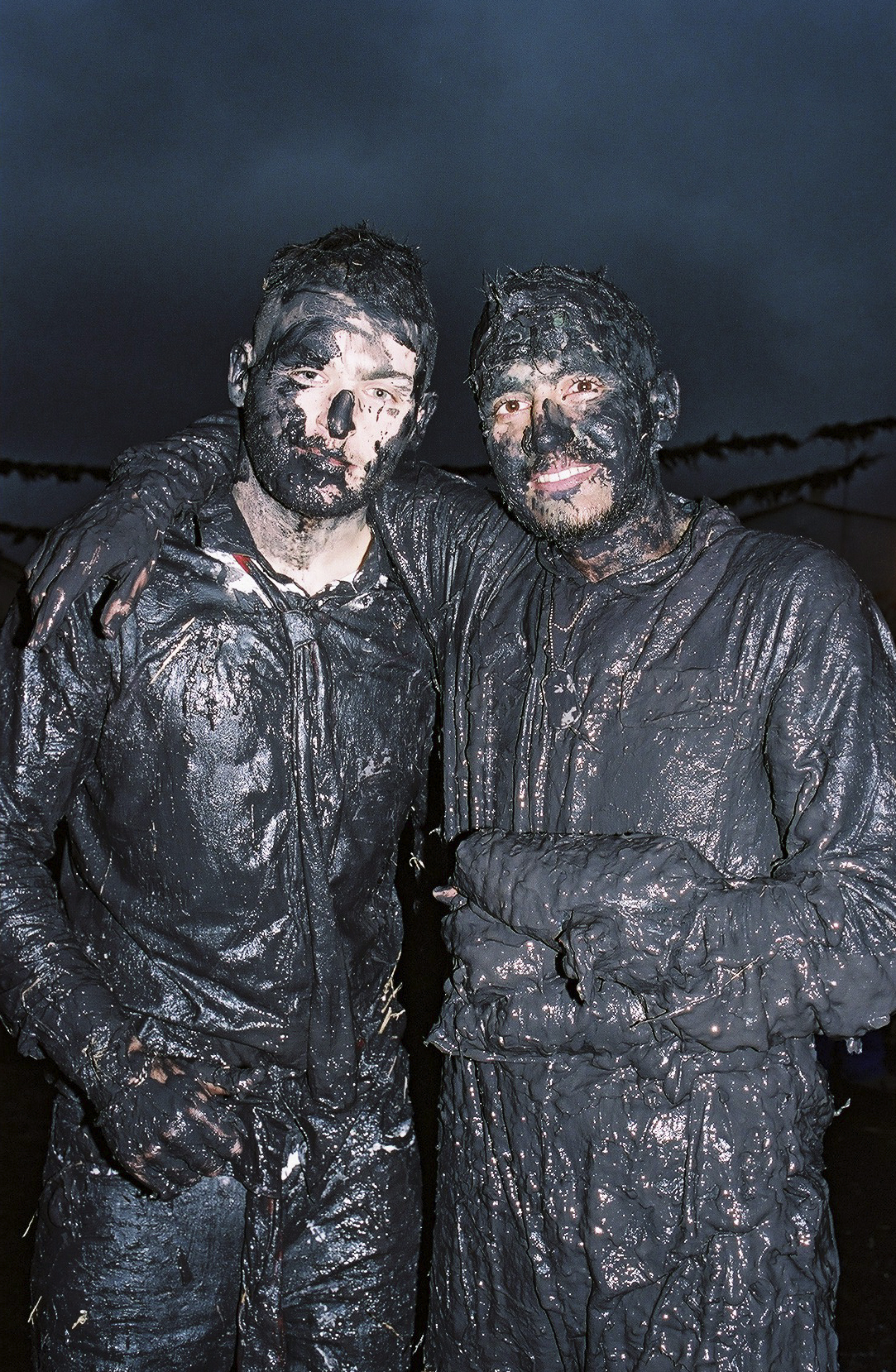
This article originally appeared on VICE FR.